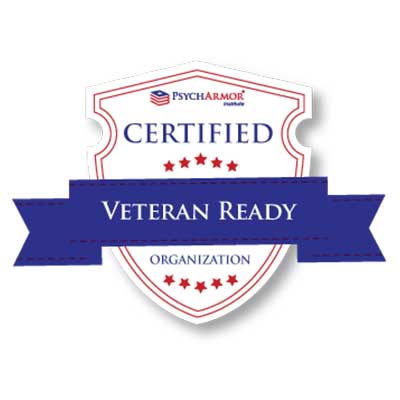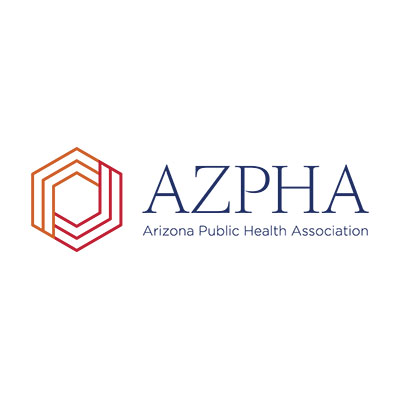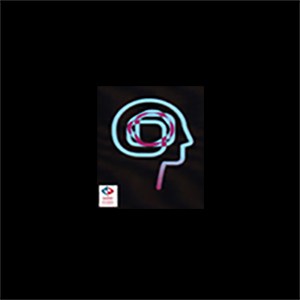Janet L. Cummings, Psy.D.
Chairman of the Board, Cummings Graduate Institute for Behavioral Health Studies
A recent New York Times article (Denizet-Lewis, 2017, October 11) raises the question of why anxiety disorders are increasing among American teenagers. The author of the article tells the story of “Jake,” an anxious teenager who was prescribed Prozac and then a series of other medications that did not help. In fact, the physician prescribed a dosage increase in one medication that was ineffective. As a result, Jake’s anxiety worsened and he needed to be hospitalized because of it. At one point, Jake’s symptoms were so severe that he attempted to commit suicide by drowning himself in the bathtub. Unfortunately, Jake’s story is similar to many other people’s stories of how medications meant to help their anxiety actually made their symptoms worse.
Most people know that Prozac is an antidepressant, but many people are unaware that this and other antidepressants are routinely prescribed for anxiety. One might wonder whether prescribing an antidepressant for anxiety is poor prescribing practice, and perhaps even unethical. That is not necessarily the case, as many patients who are given antidepressants for their anxiety actually benefit from the treatment (Cummings, 2013). Furthermore, antidepressants do not have the addictive qualities that many anti anxiety medications do, nor do they impair the patient’s ability to perform tasks like driving an automobile like anti anxiety medications can. So, prescribing an antidepressant to treat it is, in many cases, responsible and ethical.
If many people find relief from their anxiety with antidepressant medication, why did Jake’s anxiety worsen to the point where his father commented that he was “much more excited, acting strangely and almost manic?” (Denizet-Lewis, 2017). The answer to that question is simple, and yet not simple at the same time. The simple part is that anxiety is not one condition, but many. The not-so-simple part is that it isn’t always easy to determine what type of anxiety our patient has.
Anxiety is not a single condition, but rather many conditions that have some overlapping symptoms (such as restlessness, exaggerated fear, unwanted catastrophizing thoughts, hyper-vigilance, insomnia, rapid heartbeat, and trembling). If we look only at the most obvious set of symptoms, all anxiety looks pretty similar. However, if we probe deeper to look for the etiology of it, we will see that there are many varieties of anxiety (Cummings & Cummings, 2013). The scope of this article will not cover all possible etiologies of it, but will look briefly at a few of the more common ones.
Neurotic anxiety (irrational fears that derive from a patient’s cognitive style) is very much what it seems – the patient’s thoughts fueling anxiety. This type of anxiety is the easiest for mental health professionals to treat. Cognitive-behavioral therapy, relaxation training, and medications can all be helpful, although it is this author’s preference to use behavioral interventions (psychotherapy with relaxation training) as the first-line treatment (Cummings & Cummings, 2013).
People with schizophrenia also experience anxiety. However, it is usually very different from the anxiety that neurotics have. Schizophrenic anxiety is fueled by the patient’s schizophrenic thought disorder. It is, therefore, a symptom of a much larger illness. In schizophrenic patients with anxiety, antidepressant medications often worsen their symptoms (Cummings, 2013). The medication fuels the thought disorder, which in turn fuels the anxiety. For these patients, it is often preferable to manage it with antipsychotic medications, or antipsychotic medications in conjunction with antidepressants and/or other medications.
Bipolar patients often get worse with antidepressant medications. These medications tend to “drive the mania,” or push the patient into a manic or hypomanic episode. While antidepressant medications can be used effectively in these patients’ depressed phases, they often need to be carefully withdrawn when the patient begins to emerge from the depressed phase in order to prevent the “switch-over” into mania. Treating anxiety in bipolar patients is complicated, and often requires poly-pharmacy, such as a combination of a mood stabilizer with one or more of the following: antidepressant, anti anxiety medication, and/or antipsychotic medication (Cummings, 2013).
There are some medical conditions that cause anxiety symptoms. For example, catecholamine-secreting tumors can produce many physiological symptoms of anxiety because they increase levels of epinephrine and norepinephrine (Colen, et al, 2009). Ideally, this type of anxiety is treated with removal of the tumor. If removal is not possible, other endocrine treatments may be helpful.
Another medical condition that often underlies anxiety disorders is mitral valve prolapse, a usually benign defect in the heart’s mitral valve that causes an array of physical and psychological symptoms. Because mitral valve reconstruction or replacement surgeries are risky, these surgeries are reserved for cases where the disease has become life threatening or health threatening (Cummings & Cummings, 1997; Neuman, 2014). In less severe cases, these patients are best treated through a psycho-educational program aimed at teaching them to manage their medical condition and reduce their anxiety (Cummings & Cummings, 1997).
When a patient presents with anxiety symptoms, it is critical to determine what type of anxiety the patient has before prescribing a medication that may actually worsen the symptoms. At the Cummings Graduate Institute for Behavioral Health Studies, our Doctor of Behavioral Health students learn to do just this, and to assist medical and behavioral teams in making the appropriate treatment recommendations for each patient.
References
Colen, T.Y., Mihm, F.G., Mason, T.P., & Roberson, J.B. (2009, November). Catecholamine-secreting paragangliomas: Recent progress in diagnosis and perioperative management. Retrieved from: https://www.ncbi.nlm.nih.gov/pmc/articles/PMC2793886/
Cummings, J.L. (2013). Psychopharmacology overview (5thEdition). Reno, NV: The Nicholas & Dorothy Cummings Foundation. [1st Edition, 2001].
Cummings, J.L. & Cummings, N.A. (1997). Holistic and alternative medicine: Separating the wheat from the chaff. In N.A. Cummings, J.L. Cummings, & J. Johnson (Eds.). Behavioral health in primary care: A guide for clinical integration. Madison, CT:Psychosocial Press.
Cummings, N.A. & Cummings, J.L. (2013). Refocused psychotherapy as the first line intervention in behavioral health. New York, NY: Routledge.
Denizet-Lewis, B. (2017, October 11). Why are more American teenagers than eversuffering from severe anxiety? Retrieved from https://www.nytimes/2017/10/11/magazine/why-are-more-american-teenagers-than-ever-suffering-from-severe-anxiety.html?smid=fb-nytimes&smtyp=cur
Neuman, F. (2014, May 06). Panic disorder and mitral valve prolapse. Retrieved from https://www.psychologytoday.com/blog/fighting-fear/201405/panic-disorder-and-mitral-valve-prolapse






























